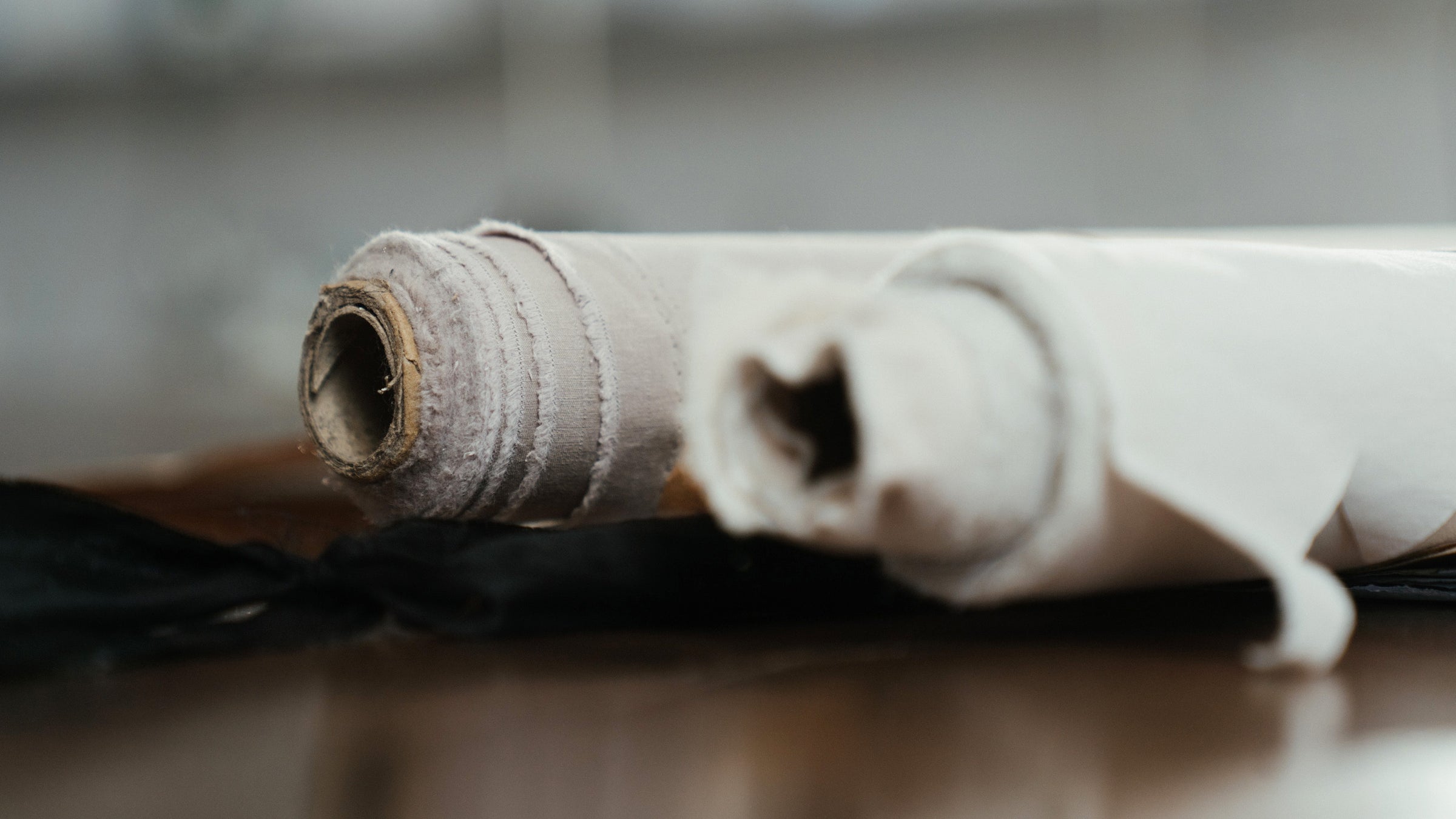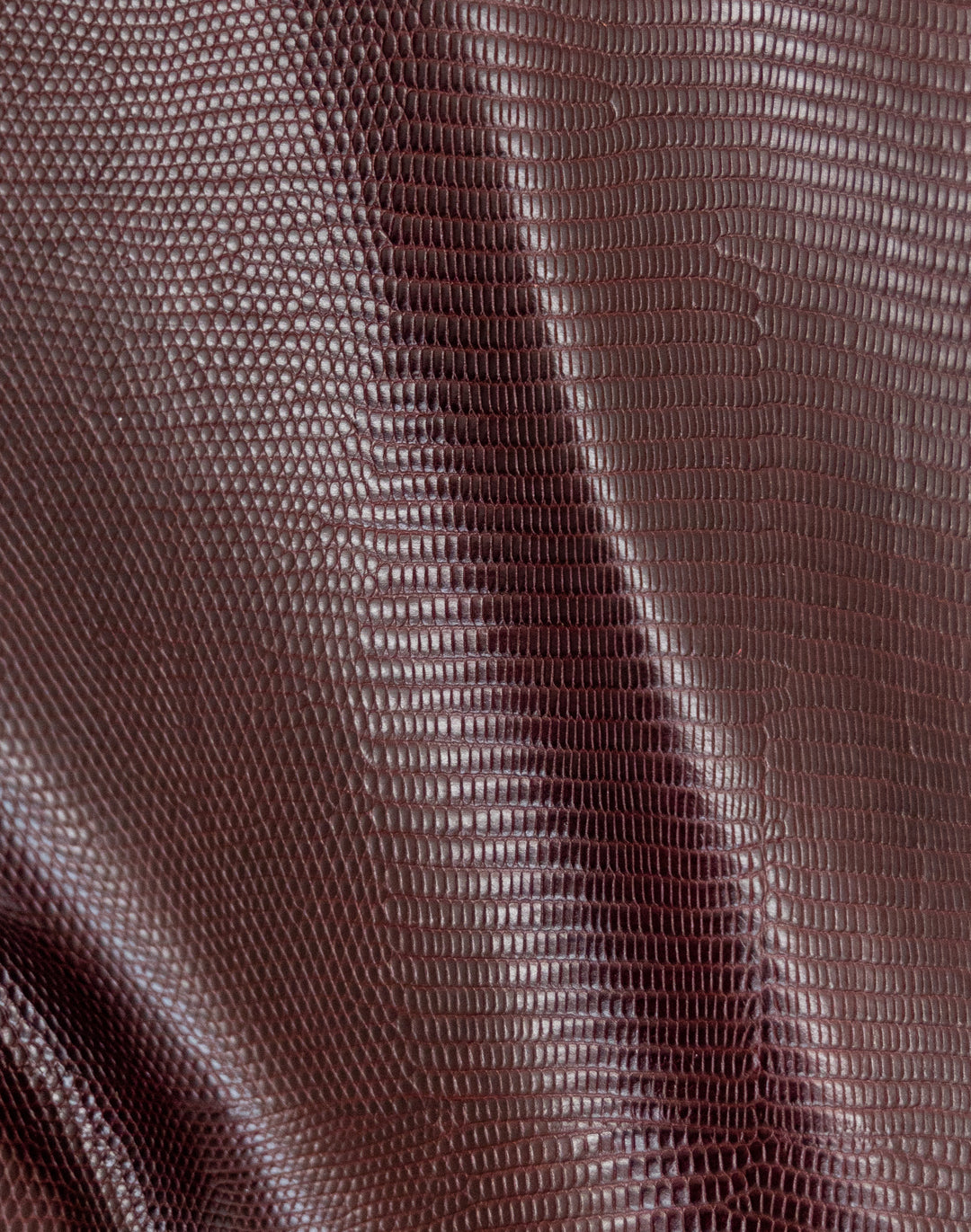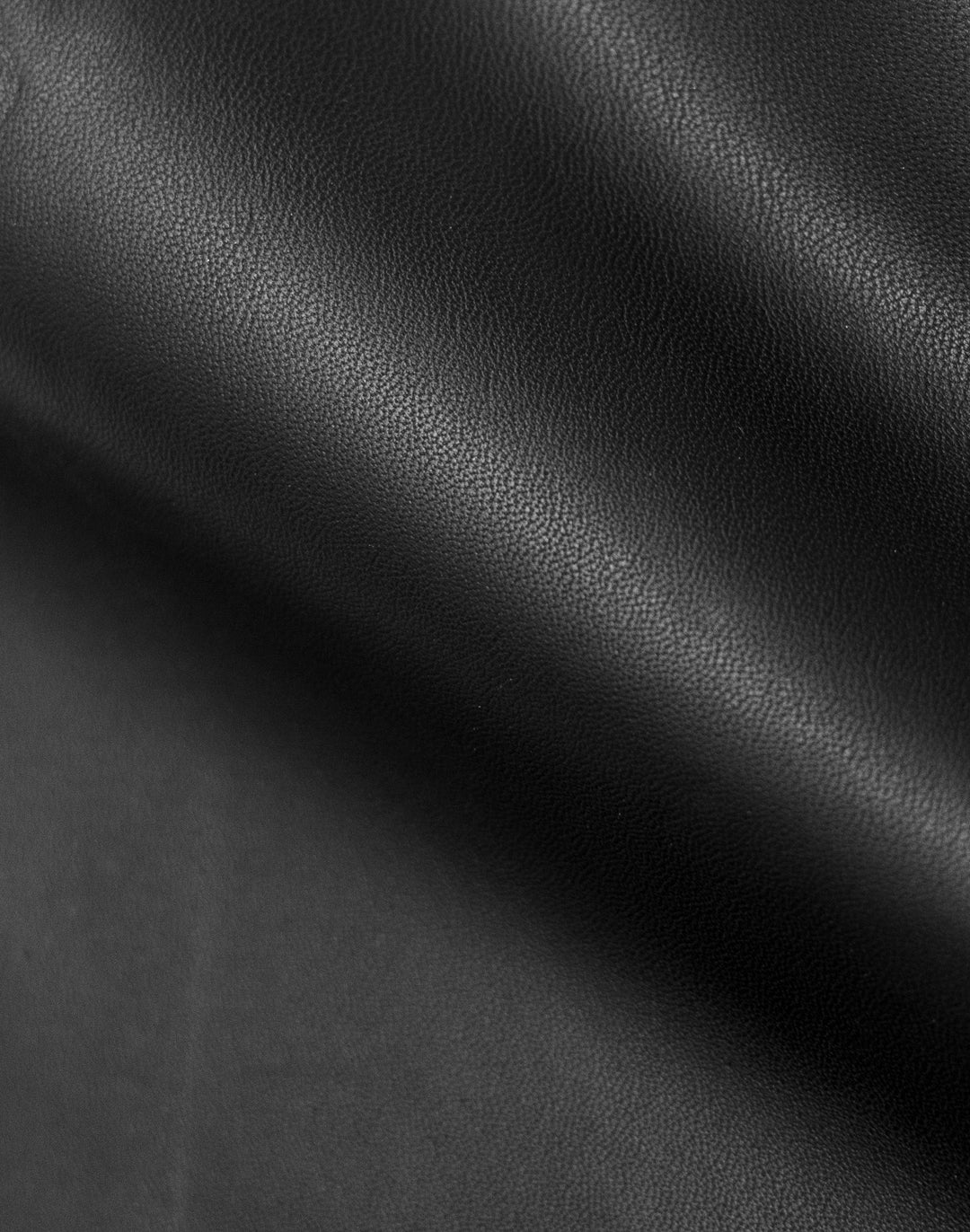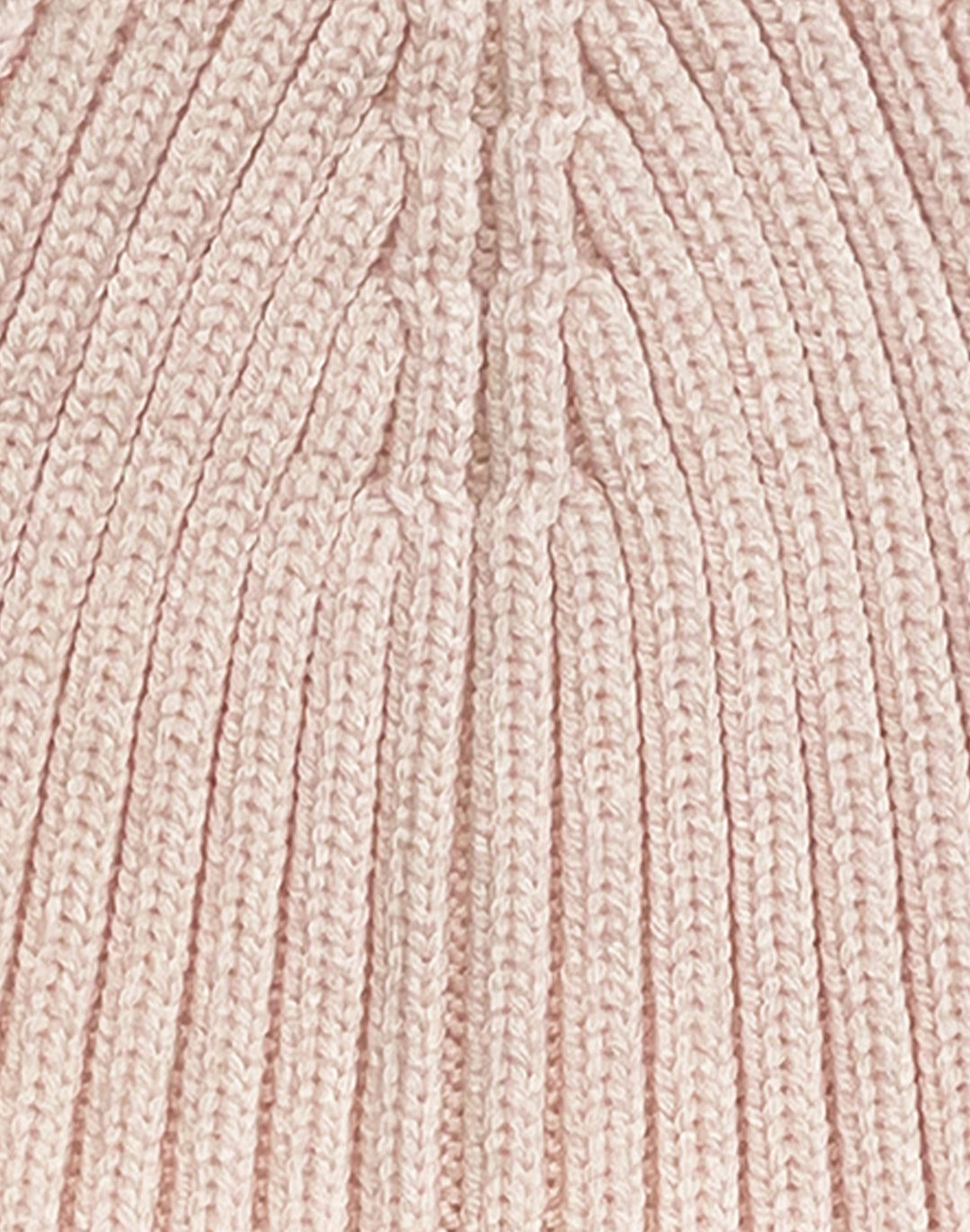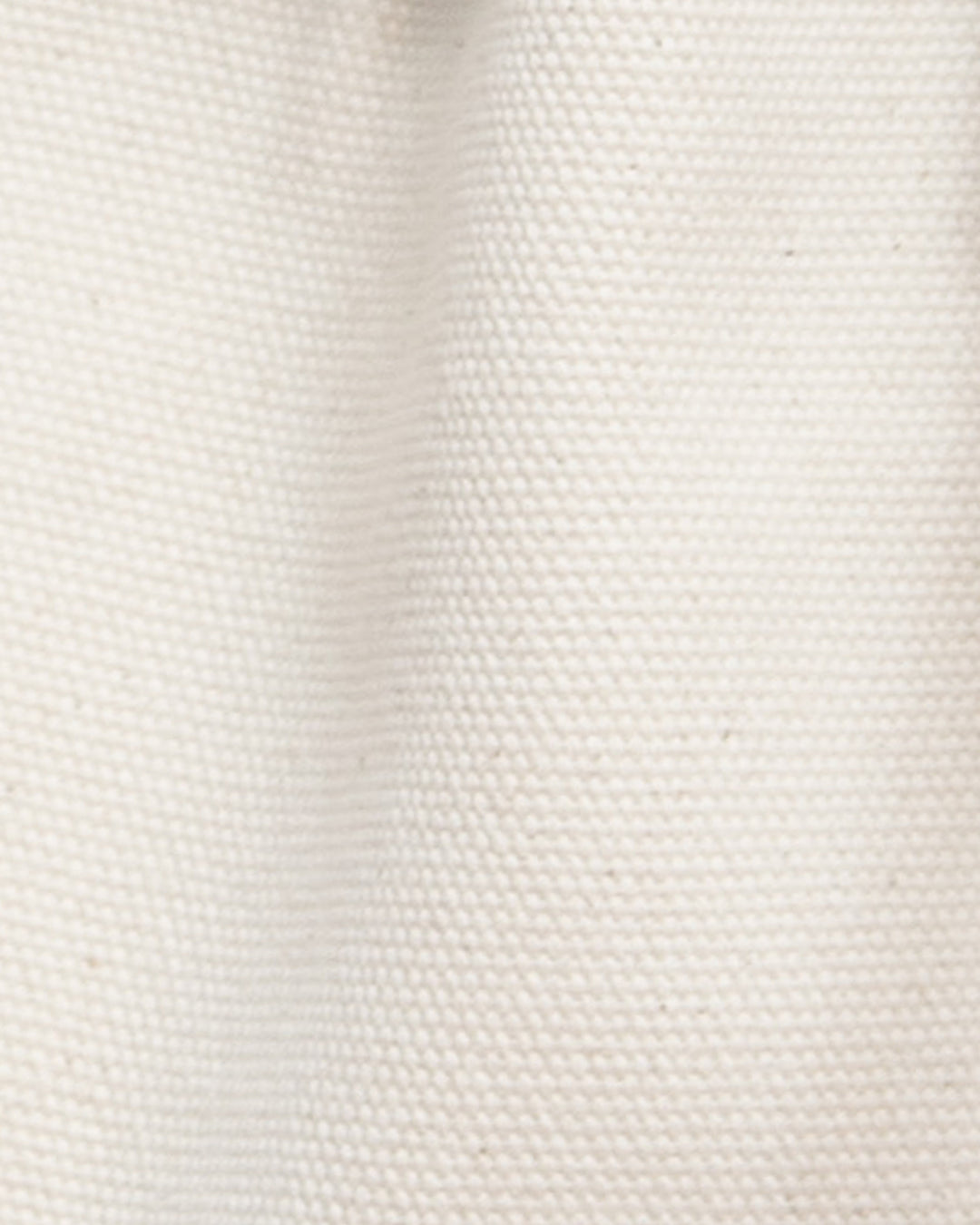At HYER GOODS we pride ourselves on using the most sustainable materials-- the ones that already exist! That's why 100% of our bags, wallets, jackets and beanies are crafted from fashion industry leftovers. Why? We're so glad you asked.
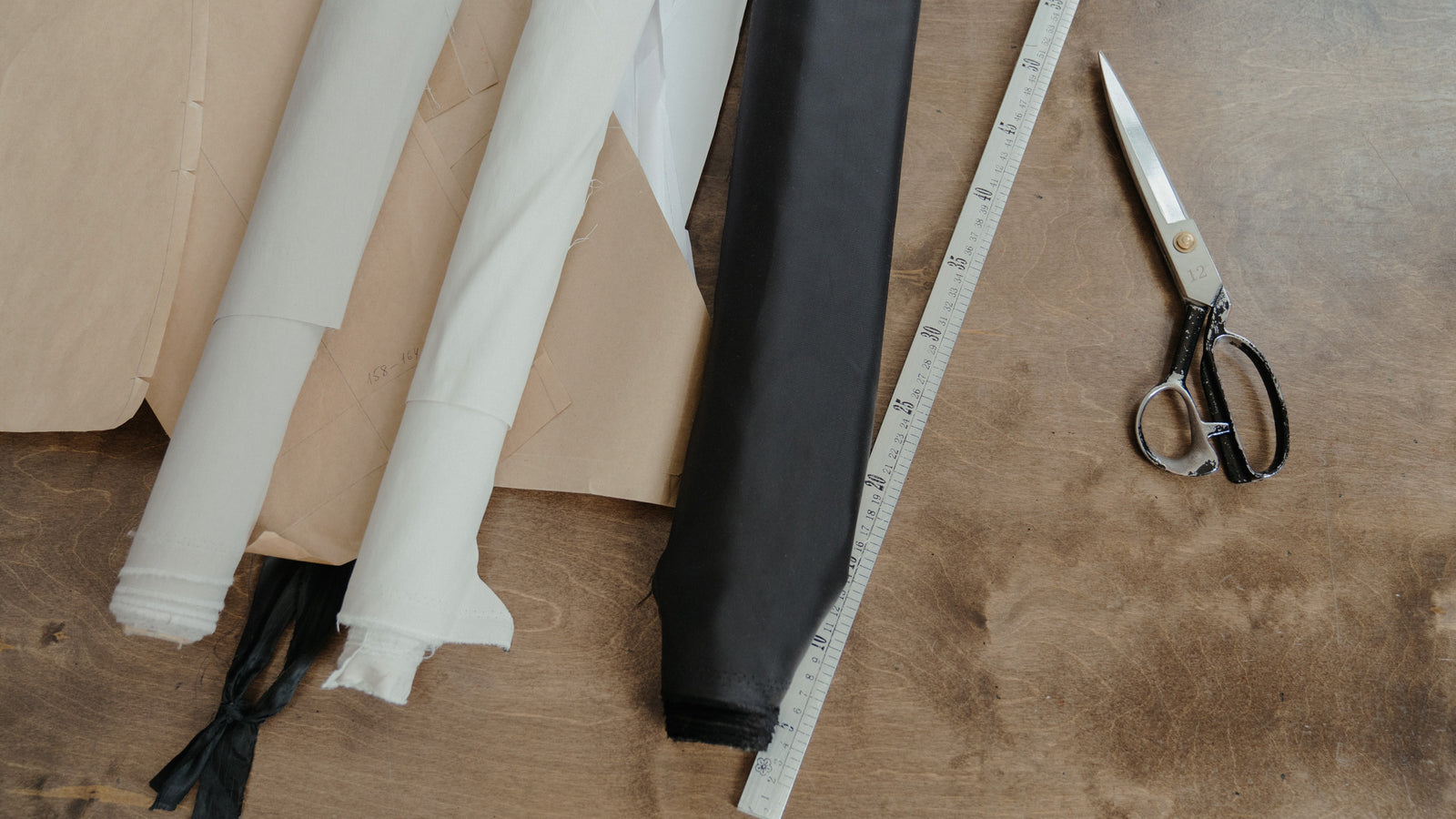
Every year, 6.3 million tons of textiles are wasted during the design and production process*.
Because leather is a natural product, full of defects, off grain, stretch/ growth/ injury marks, 12-15% can be wasted during the production and manufacturing process. For one single medium size tannery, for example, that could mean 20,000 square feet of deadstock leather every month. Our larger items are cut from deadstock (abandoned) materials by and our smaller items are made out of cutting scraps.
Recycling textiles saves more greenhouse gas emissions than paper, plastic and glass recycling combined.*
By upcycling waste into new things, we eliminate the energy needed to create new materials, while simultaneously reducing the amount of waste being sent to landfill. This results in fewer greenhouse gas emissions. Every ten pounds of textile waste diverted from landfill has the same CO2-reducing benefit as planting a tree!
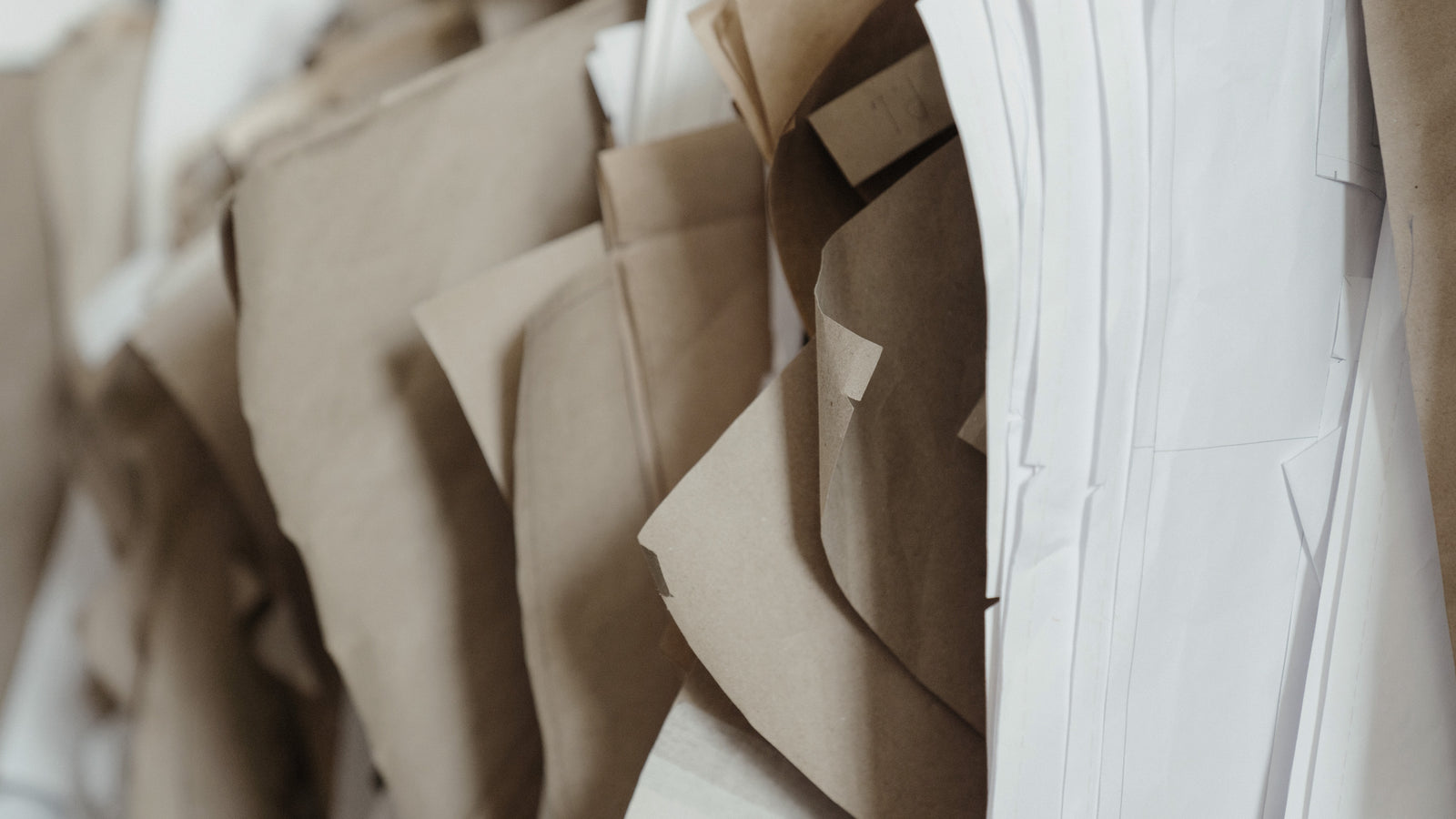
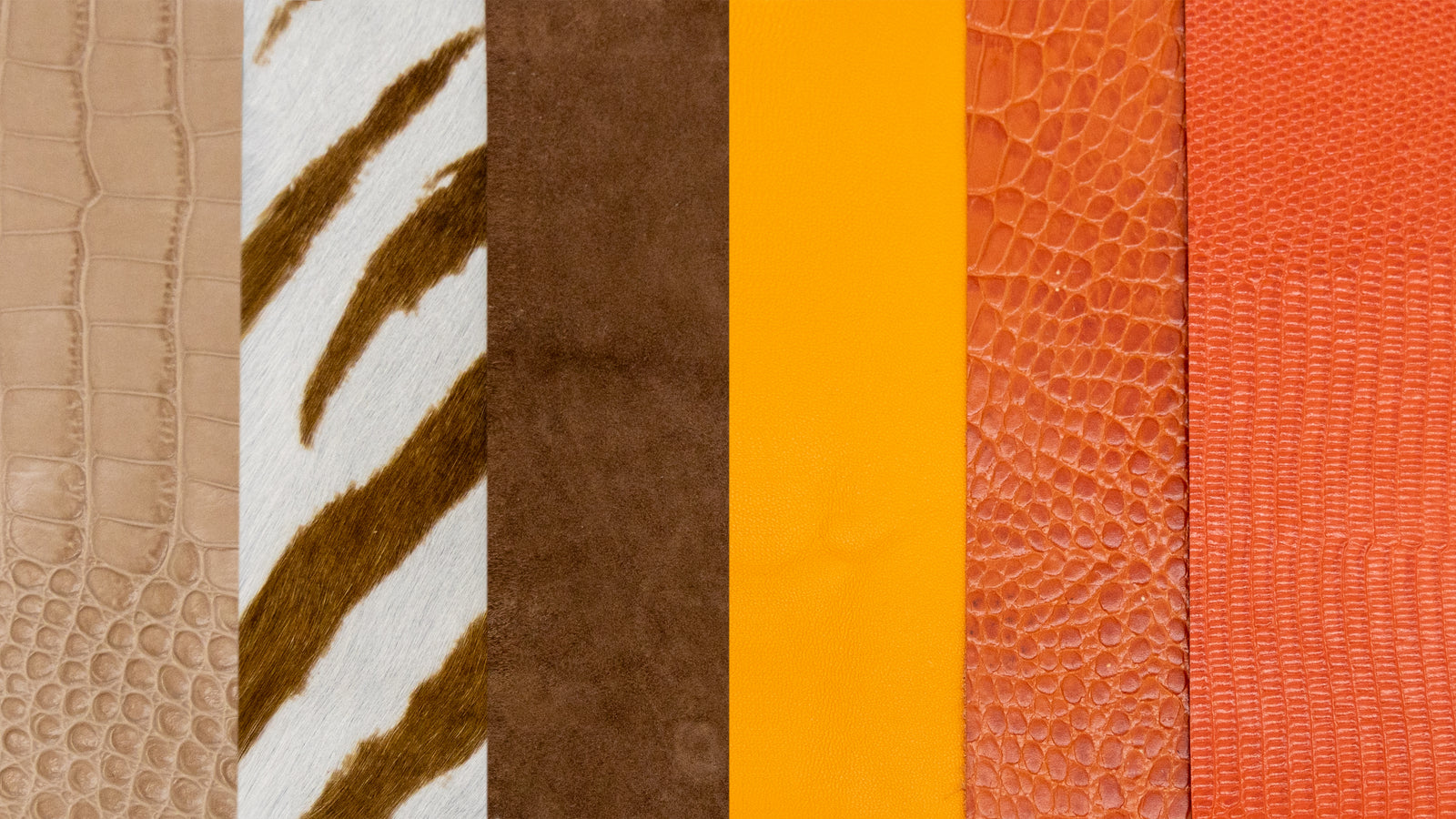
Why leather?
As long as people are eating meat, we believe it's more sustainable to use the by-products of meat consumption than to create a new material. Plus, leather is durable and ages well over time. While leather is hypothetically organic matter and should biodegrade in a reasonable amount of time, some finishes may affect its ability to biodegrade (more on that later). While there are some amazing innovations in man-made leather (vegan leather), most of what's currently commercially available on the market, while it may be vegan and animal-free, has substantial percentages of plastic. Even innovations like apple leather, pineapple leather and mushroom leather contain 30-50% plastic binders. In addition to containing plastic (made from non-renewable resources), vegan leathers do not wear well, and when they end up in a landfill the plastics will take hundreds if not thousands of years to degrade, releasing methane and leaching microplastics in the process.
Working with waste is not perfect, but it's better.
Because we use waste leather, we cannot control all of the processes that the skins go through. We like using veg tanned skins when possible, as well as leathers made in Italy, which utilize some of the world's best production methods. Our waste also has the advantage of being sourced directly where our goods are manufactured. Minimizing the transportation of materials helps reduce the impact of our goods.


As much as 73% of material that goes into the clothing system is lost after final garment use.*
Low rates of reutilization of materials put enormous pressure on natural resources, create high levels of pollution and yield unnecessary greenhouse gas emissions. Our goal is to minimize waste at every step of a material's life, including when you're done with it. That's why we craft all our goods from high quality, luxury leftovers, using the most rigorous quality control. Utilizing the most durable materials and craftsmanship enables us to create quality goods that, when properly cared for, will last a lifetime.
*The Ellen MacArthur Foundation
Luxury Leftover Leathers
Abandoned by your favorite luxury brands, rescued by us. Think buttery pebbled leathers, Italian crocs -- the most luxurious leathers there are.
Knits
Luxury yarn leftovers in cotton, cashmere, merino and angora, locally sourced in NYC.




